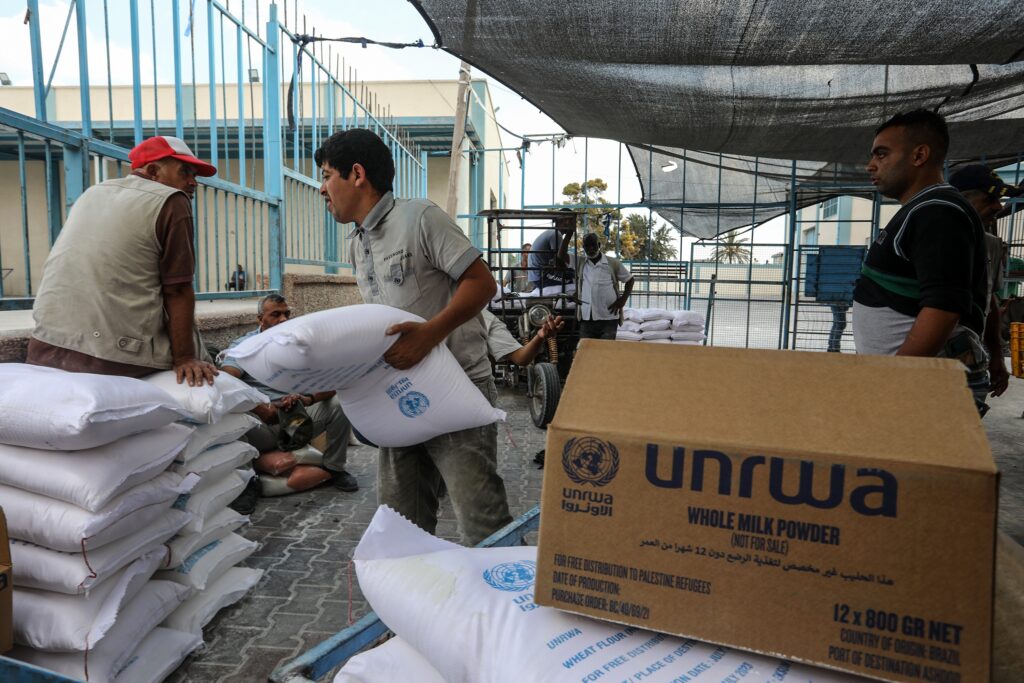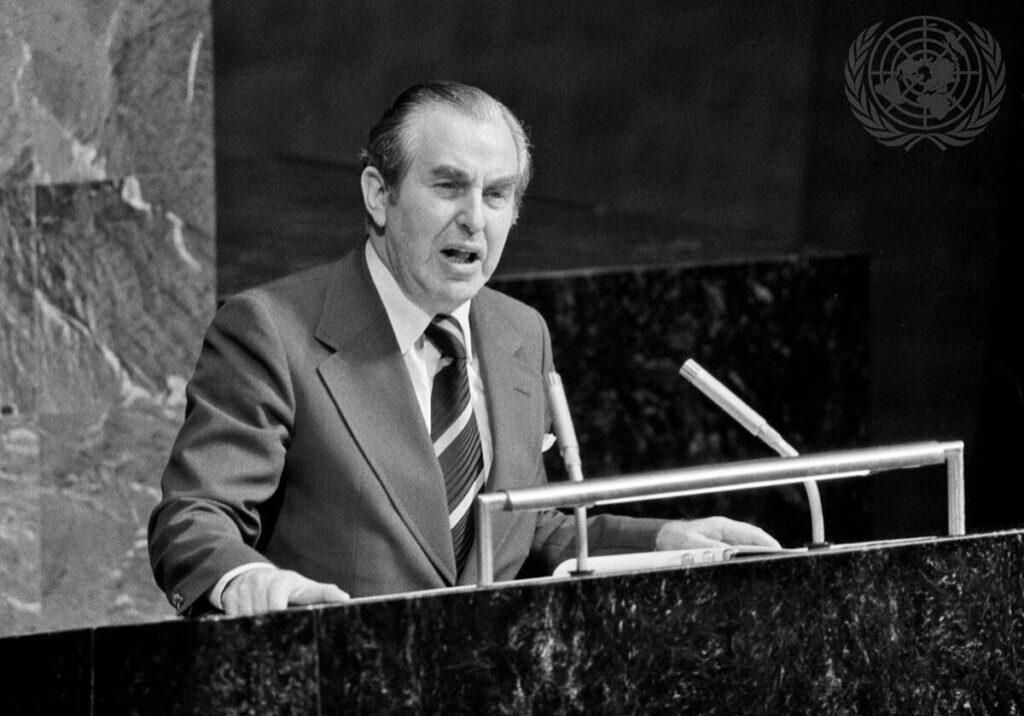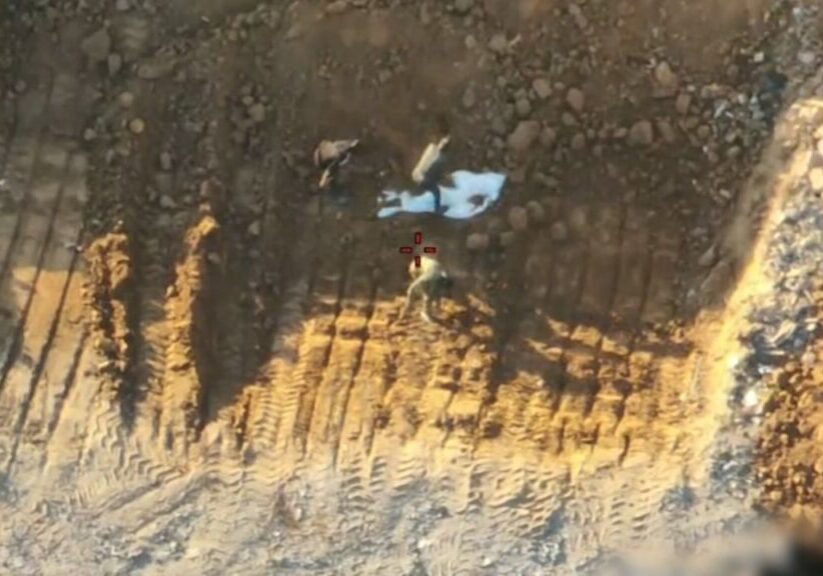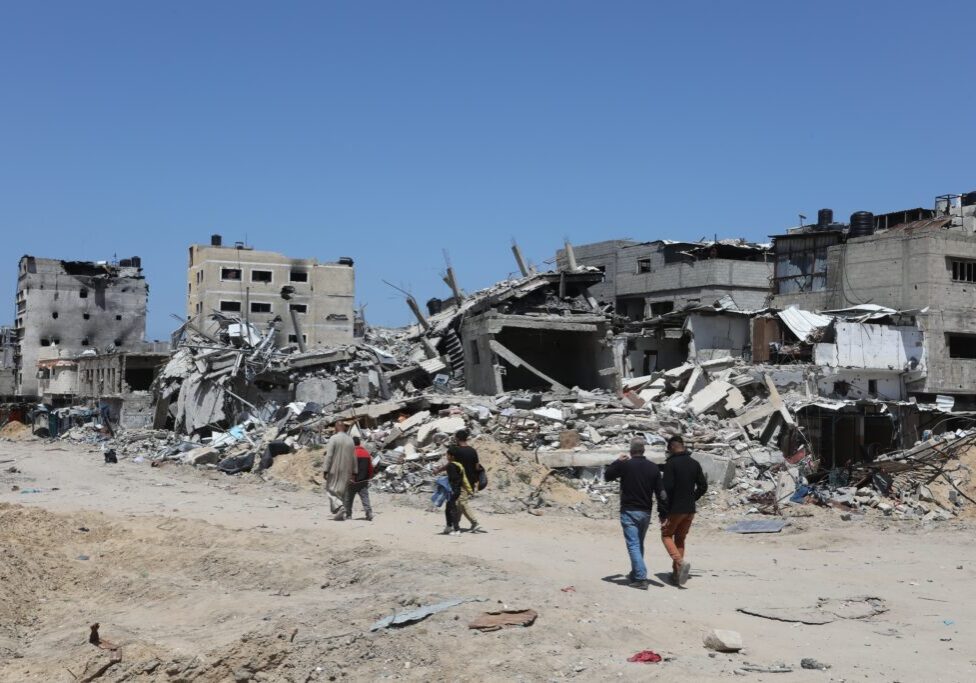Australia/Israel Review
An empire of perpetual suffering
Nov 20, 2024 | Seth Frantzman

In the wake of Israel passing two bills that essentially block the activity of the UN Relief and Works Agency in areas under Israeli control, UNRWA’s work is under scrutiny.
Many circles worldwide have condemned Israel’s actions. UNRWA is a “lifeline”, the UK says. UNRWA has claimed Israel’s vote is against the UN Charter. The organisation is “irreplaceable,” the head of the World Health Organisation said.
What is most interesting about UNRWA is that the organisation exists at all. Established by a UN General Assembly resolution in 1949, it began its work in 1950 toward providing direct relief and work programs for “Palestine refugees” – meaning, at the time, the hundreds of thousands of Arabs who had fled the fighting in British Mandate Palestine and, later, areas that became part of the State of Israel in 1948.
Many ended up in what is now Gaza and the West Bank, as well as Jordan, Lebanon and other countries in the region. This was a major crisis at the time because there was nowhere to house these people in areas that were already poor and rural, such as Gaza, the West Bank and the Kingdom of Jordan.
Egypt occupied Gaza in 1948 and Jordan occupied the West Bank, so both of those countries took over areas where refugees had gathered.
The UN stepped in to try to help the situation. The Office of the United Nations High Commissioner for Refugees was established only in 1950.
This largely explains why the Palestinian refugees became a unique issue and how the UN ended up perpetuating their refugee status and essentially adopting the Palestinians as a singular cause.
What has UNRWA done since its founding? The organisation has 58 recognised refugee camps in Jordan, Lebanon, Syria, the West Bank and Gaza. Since UNRWA’s establishment, the number of “refugees” has increased. Today, for example, there are some 900,000 registered “refugees” in the 19 UNRWA camps in the West Bank.
The UN estimates that around one-third of the overall number of people considered “refugees” live in the 58 camps, meaning that many of them have moved to towns and other areas. However, in some cases, such as in Lebanon, they are often restricted to the camps.
UNRWA maintains not only the camps but also a large number of facilities linked to the camps and refugees. For instance, UNRWA says it has 155 facilities in Gaza, where it enabled 1.5 million internally displaced people to shelter in January 2024. There are eight refugee camps in Gaza; the Khan Yunis camp, for example, has almost 100,000 people registered in it.
It’s worth thinking of UNRWA not as the organisation it was immediately after its founding, when it provided essential services that were actually needed, but rather as the empire of perpetual suffering that it has become.
An organisation that manages almost 60 camps and hundreds of facilities and serves a growing population that numbers some six million registered refugees is more like a country than an organisation.
This is a crucial point: UNRWA, as an organisation, including the refugees it deals with, is larger than approximately 80 of the countries that are members of the UN. Despite the good intentions that may have been behind its creation in 1950, UNRWA has transformed into something entirely different. The only reason to maintain an organisation like UNRWA, which keeps millions of people dependent, is to use them as a proxy against Israel.
Because Egypt and Jordan had taken over the areas of the Arab state that was supposed to be established based on the Partition Plan, UNRWA stepped in as a kind of state-in-the making for Palestinians. Most people don’t view UNRWA as a protostate, but in essence, that is what it has become.
UNRWA camps served as the foundation for the majority of Palestinian political – and, later, militant and terrorist – activities. Schools and refugee camps organised spaces for the groups that emerged, ranging from Fatah to the PFLP to Hamas.
For instance, Hamas gained power partly through areas in Gaza, such as Khan Yunis, from which slain leader Yahya Sinwar hailed. Many other refugee camps also became known as bases of various groups and gunmen.
UNRWA would prefer not to take responsibility for the fact that its camps became the main organising ground for gunmen and terrorism. In fact, the rejection of Israel’s existence comes primarily from the UNRWA camps.
What that means is that the UNRWA state or empire was organised to destroy Israel and use the refugees as the main engine of this destruction.
The concept of UNRWA is to keep Palestinians dependent, living in refugee camps generation after generation, while using its young men as foot soldiers to fight Israel. Winding down the camps and having the people live normal lives and believe in two states and peace could have potentially resulted in peace. However, the UNRWA mandate was never to embrace peace, two states, and coexistence.
One can draw a direct line from the end of the Second World War and the Holocaust to the establishment of the State of Israel and the creation of UNRWA as a weapon in the hands of the international community to try to use refugees as proxies against Israel.
This line is clear because the UN played a key role in the Partition Plan. The UN then undermined its own plan by creating UNRWA, which served to perpetuate the conflict. Each succeeding generation has taken up the baton from the UNRWA camps and launched wars against Israel. The first war occurred in the 1950s, when Egypt used “infiltrators” and fedayeen (guerrillas) against Israel.
Then there was the Jordanian Civil War, aka Black September, in the 1970s. The war then moved to Lebanon, where Palestinians upended the Lebanese system, leading to Israel’s invasion in 1982.
Then the movement moved via Tunisia back to Gaza and the West Bank and laid the groundwork for the First Intifada. When the Oslo peace deal emerged, Hamas emerged to upend it.
Since the 1990s, the UNRWA camps have not embraced two states or peace but have instead continued to embrace extremism, thereby becoming a hotbed for radicalism. The road to October 7 was paved from there. In Gaza, when Hamas took over, UNRWA didn’t oppose Hamas but was available to partner with it.
Now, Gaza has been destroyed in another war because of UNRWA’s unwillingness to end this conflict and stop using refugees as a tool against Israel.
Seth Frantzman is senior Middle East correspondent and analyst at the Jerusalem Post, an adjunct fellow at the Foundation for Defense of Democracies, and the author of The October 7 War: Israel’s Battle for Security in Gaza (2024). © Jerusalem Post (jpost.com), reprinted by permission, all rights reserved.
Tags: Israel, Palestinians, UNRWA, United Nations, refugees






